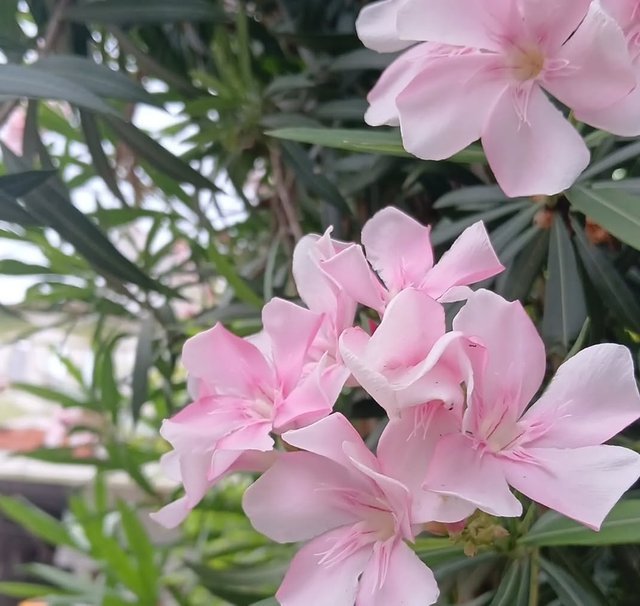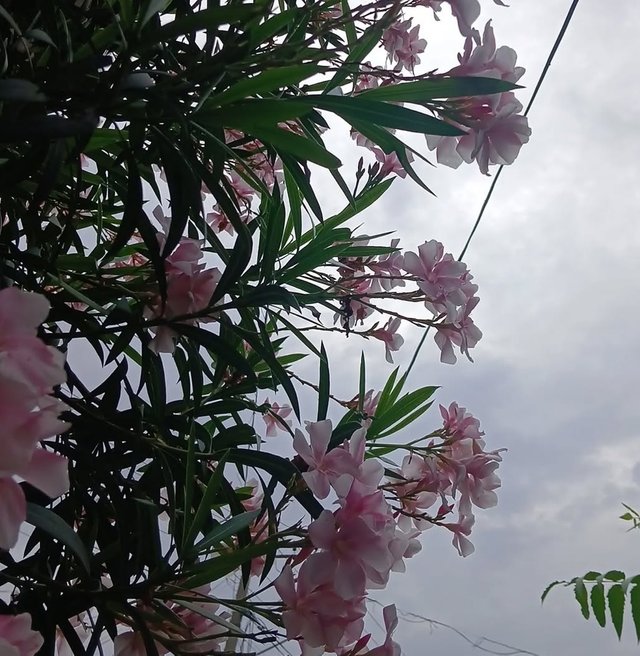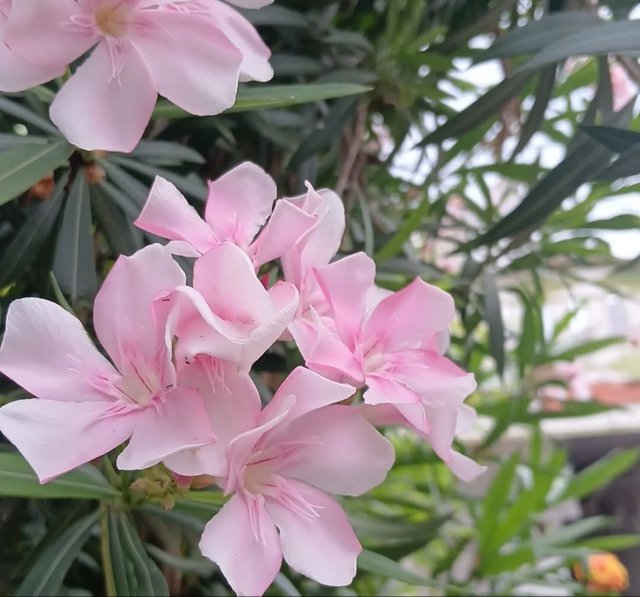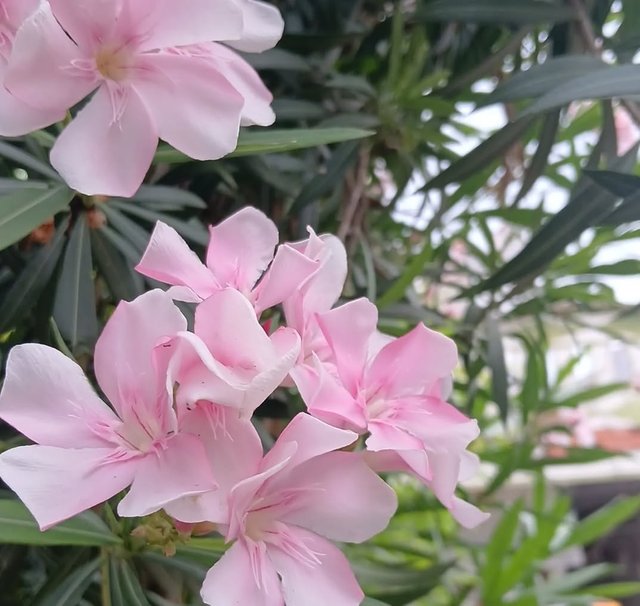Wonderful Flower Of Dianthus
Dianthus, often known as pinks or carnations, is a charming genus of flowering plants in the Caryophyllaceae family. With their vibrant colors, spicy fragrance, and wide adaptability, Dianthus flowers have been cherished in gardens and cultural traditions for centuries. The genus includes around 300 species, ranging from hardy perennials to biennials and annuals, and they are native to Europe and Asia, with a few species found in North Africa.
Appearance and Characteristics
Dianthus plants are typically compact and bushy, with narrow, often blue-green leaves that create a neat mound. Their flowers are the true stars of the plant—single or clustered blooms in shades of pink, red, purple, or white, often with fringed or serrated edges that give them a delicate, lace-like appearance. Many varieties are sweetly clove-scented, adding an extra sensory delight to gardens and floral arrangements. Depending on the species and cultivar, Dianthus can range in height from just 6 inches to over 2 feet.
Types of Dianthus
Dianthus caryophyllus: The well-known cut flower, beloved for its large, ruffled blooms and long vase life.
Dianthus barbatus: A biennial with clusters of small, colorful flowers that are highly attractive to pollinators.
Dianthus chinensis: A shorter species with striking two-toned or patterned flowers, often grown as an annual.
Dianthus gratianopolitanus: A mat-forming perennial ideal for rock gardens, valued for its low, spreading growth and profusion of blooms.
Dianthus plumarius: Known for its fringed petals and fragrance, often grown in cottage gardens.
Growing Conditions
Dianthus thrives in sunny locations with well-drained soil. These plants dislike heavy, waterlogged conditions, so sandy or loamy soils are ideal. They prefer a slightly alkaline to neutral pH and benefit from regular deadheading, which encourages continuous flowering. Dianthus is also relatively drought-tolerant once established, making it suitable for rockeries, borders, containers, and even as ground cover in some cases.
Uses in Gardens and Culture
Dianthus has long held a place in both ornamental horticulture and symbolism. Carnations, in particular, have been cultivated since ancient times and are deeply embedded in cultural traditions. They are often associated with love, admiration, and remembrance, making them popular in bouquets and ceremonies. In Christian symbolism, the red carnation is linked with the Virgin Mary’s love and suffering, while in modern times, carnations are also used to celebrate Mother’s Day and other occasions.




